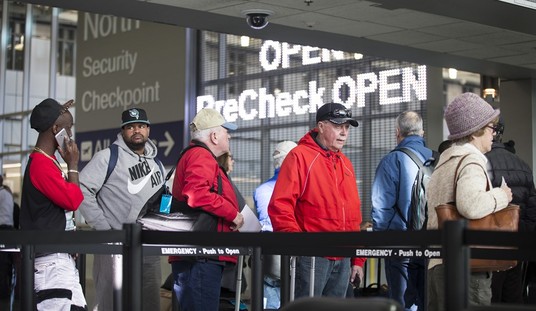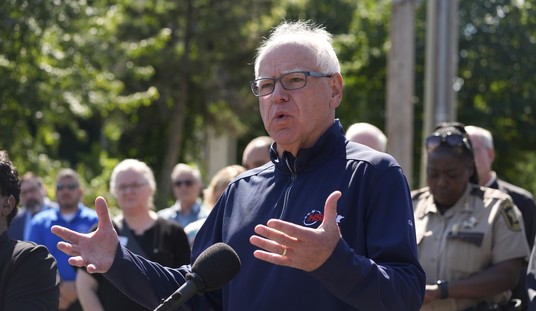Recognizing the weaknesses of both the incentives-don’t-matter and the-successful-didn’t-earn-their-success arguments, proponents of redistribution, chiefly Larry Summers, have put forward a third argument for redistribution. They claim slow growth leaves the economy with a shortage of investment opportunities—so called secular stagnation. If they are correct, then presumably we can shrink income inequality by taxing, redistributing, and consuming income that would otherwise be invested—namely, business profits and the income of high-income households—without slowing growth and reducing employment.
Fear of secular stagnation—the supply of savings permanently exceeding the demand for investment—assumes investment waits for demand. After all, why would producers add more capacity until growing demand fills their existing capacity? The theory also assumes that unused savings are indicative of a dial-back in consumption stemming from a lack of confidence, which diminishes the need for investment. From this narrow perspective, confidence driven demand is the only constraint to growth.
Some advocates of this view want the government to borrow and spend idle savings. Others want the Federal Reserve to expand the money supply until prices rise and real interest rates drop below zero in order to discourage saving.
With bank deposits sitting unused despite near-zero interest rates and a history of banks making reckless subprime mortgages, these arguments seem reasonable on the surface. But the facts and circumstances do not fit the conclusions.
There is no evidence of a long-term decline in investment—quite the opposite. When intangible business investment has been counted properly, investment has risen as a share of GDP. With Silicon Valley on fire and a world full of “capital deepening” opportunities—that is, the opportunity to increase productivity by investing more capital per worker—it seems unlikely that a lack of investment opportunities constrains growth.
An imbalance of unused savings stems chiefly from large and persistent trade deficits where exporters, like China and Germany, loan America the proceeds from the sale of goods to Americans rather than using those proceeds to buy American-made goods that employ Americans. Taxing successful Americans and American companies won’t mitigate this imbalance.
Today, with savings sitting unused in a world full of investment opportunities, the economy’s capacity and willingness to bear risk— namely, the economy’s equity—constrains growth. The shift from exogenously driven growth to endogenous innovation-driven growth, a flood or risk-averse offshore savings that demand equity bear the risk of putting those savings to use, and the now-recognized inherent instability of the financial system put additional strain on the economy’s capacity and willingness to bear risk. This slows growth despite a surplus of risk-averse savings. Without more equity to bear risk, proposals to redeploy unused risk-averse savings—increased government borrowing and spending, a larger tax burden, and negative interest rates that discourage saving—are unlikely to accelerate growth and will do more harm than good in the long run. Under the current circumstance, the economy will have to grow the old-fashioned way—by earning it. It must gradually take the risks necessary to produce more equity and grow faster.
Theoretically, the government could take risks on behalf of the economy. But, in truth, government risk-taking is unlikely to be successful— far less likely than the private sector risk-taking. And the private sector is likely to dial back risk-taking, at least in part, to compensate for the increased risk its government bears.
High corporate profits in the face of low interest rates and unused risk-averse savings are not “rent” that can be redistributed with no effect on the economy, as Summers claims. Nor are they an indication of a shortage of investment opportunities. Quite the opposite—they are symptomatic of increased risk and the economy’s limited capacity and willingness to bear it. Weak growth in demand is a symptom of a shortage of equity, not a cause in and of itself.
In the wake of the financial crisis, equity values fell when risk-underwriters, namely equity holders, realized they were overextended. Risk underwriters dialed back risk-taking by increasing risk-averse saving and leaving them sit unused. Consumers did this by dialing back consumption; investors dialed back investment. Growth slowed; competitiveness fell; and, once companies cut costs, profit margins expanded. After the economy dialed back risk-taking, equity values rose, and risk-taking gradually resumed, albeit at lower levels and a subsequently slower growth rate. High-tech entrepreneurial risk-taking grew while risk averse savings sat unused. Faster growth from the former has not been large enough to offset slower growth from the latter.
Meanwhile, slower growth and higher profit margins caused voters to question the status quo. Policymakers responded by raising marginal tax rates on income that would otherwise accumulate as risk underwriting equity, increasing income redistribution, and tightening bank regulations despite an abundance of unused risk-averse savings that slowed growth. In each case, they did the opposite of what would have accelerated growth in the current circumstances.
Taxing, redistributing, and spending the economy’s equity and its returns, whether for consumption or government investment, reduces the payoff for successful risk-taking and slows the accumulation of equity. In an economy constrained by its capacity to bear risk, this diminishes risk-taking, which ultimately slows growth. Slower growth reduces middle-and working-class employment and lowers their wages—the opposite of Summers’s good intentions.
Government spending is far less effective at stimulating demand than advocates claim, especially when equity is in short supply—the private sector just dials back. Inflation, which discourages risk-averse savings, is no different. Ironically, if it works, it largely does so by taxing the savings of the middle and working classes or forces them to take risks they seek to avoid.
Unfortunately, there is no free lunch. With permanent changes to the economy, we must grow the old-fashioned way—by earning it. Today’s economy grows through risk-taking, which eventually find innovations that gradually build institutional capabilities over long periods of time. Rather than crying foul when a large pool of failures stumbles upon success, we should celebrate our good fortune.
This was adapted from the book The Upside of Inequality: How Good Intentions Undermine the Middle Class













Join the conversation as a VIP Member